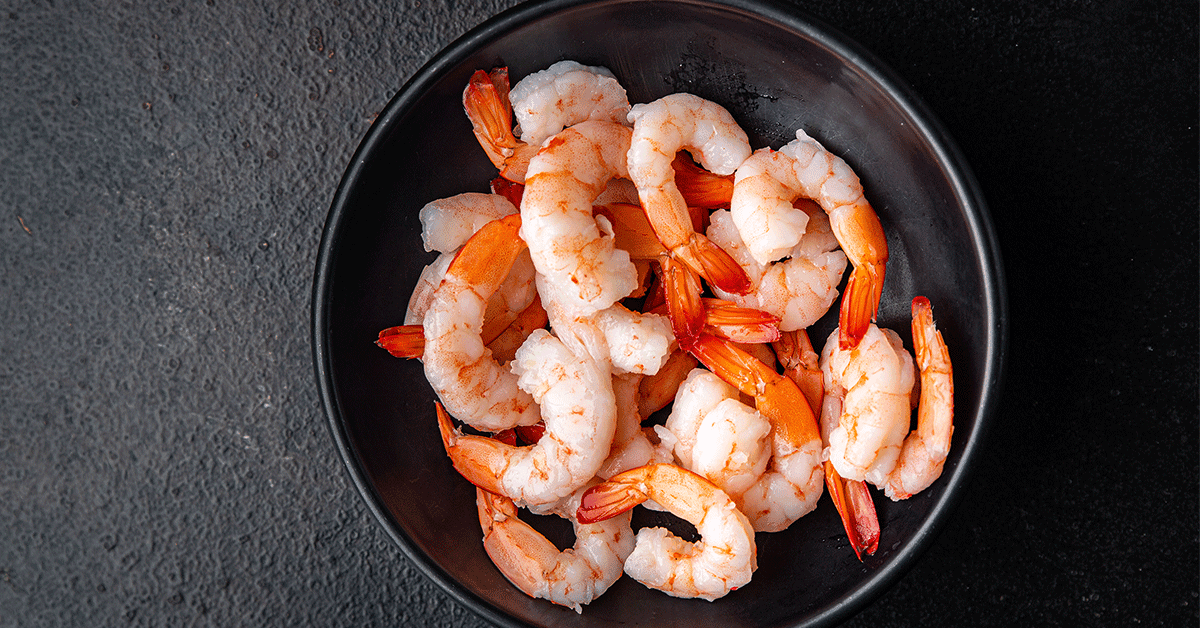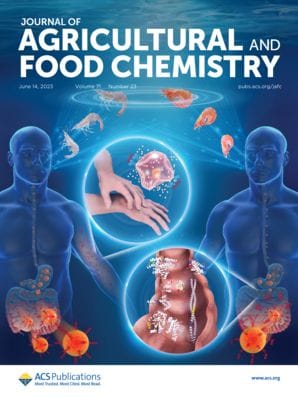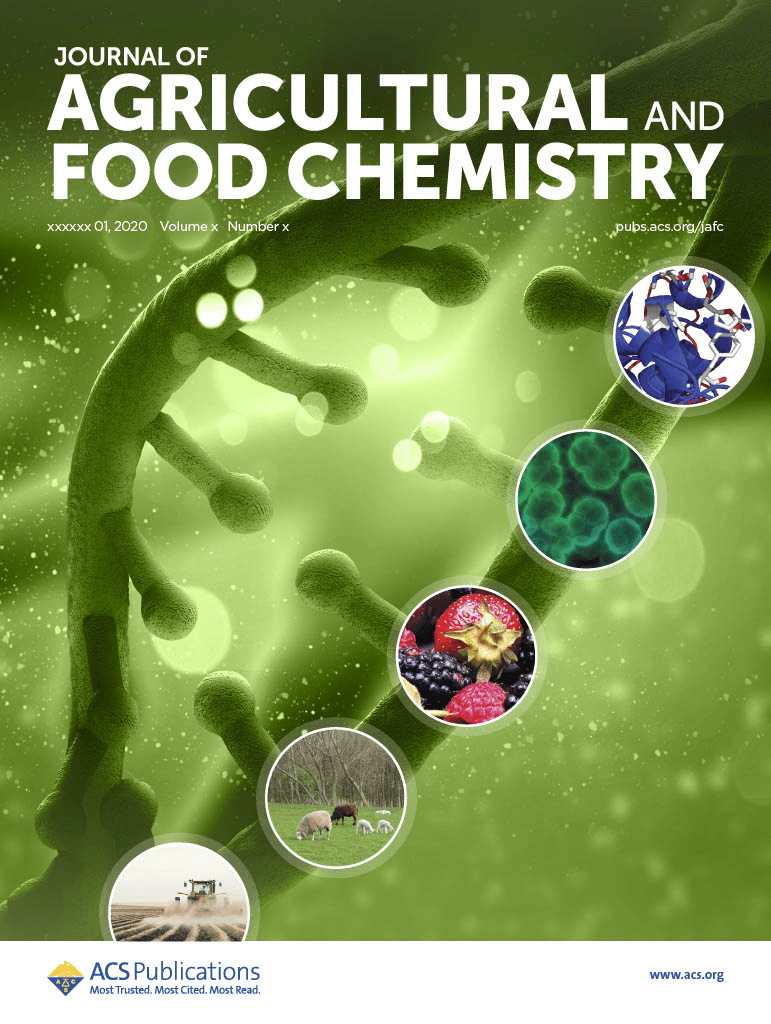Food allergies have a big impact, and with half of fatal allergic reactions caused by restaurants, there might be a need for more creative solutions to remove allergens from the food chain altogether. And that means a bit of chemistry in the kitchen.

Shellfish is one of the most common food allergies, affecting around 2% of people in the United States.1 During an allergic reaction, the body launches an immune response against ingested proteins, ranging from minor itching or swelling to life-threatening anaphylaxis. Until now, avoiding shellfish entirely has been the only solution—but this can often be difficult for those with severe allergies when there is unknown cross-contamination. The CDC estimates that nearly half of fatal allergic reactions over a 13-year period were caused by food from a restaurant or other food service establishment.2 However, previous research suggests the proteins responsible for triggering the immune response may be altered or degraded when heated, which might prevent antibodies from recognizing them and make specific foods safer for people with allergies.
Tropomyosin is a major allergen in shrimp, and several immunoglobulin E (IgE)-binding epitopes have been reported.3 Allergen epitopes are located on the spatial structure of the protein—more specifically, linear epitopes are the main cause of shrimp allergies in humans after processing and gastrointestinal digestion. But the loss of secondary or tertiary protein structures during heating is accompanied by new intra- or intermolecular bonds, leading to a change in epitopes.4 It is thought that the hypo-IgE-binding activity in processed shrimp may be due to the modification of lysine, arginine, and cysteine residues in antigen epitopes.5 Now, new research published in the Journal of Agricultural and Food Chemistry suggests that reverse-pressure sterilization can produce a less-allergenic shrimp product.6

Reduced Allergenicity of Shrimp (Penaeus vannamei) by Altering the Protein Fold, Digestion Susceptibility, and Allergen Epitopes
A team of researchers at the School of Food Science and Technology at Dalian Polytechnic University, China, set out to analyze the effect of thermal and pressure processing and gastrointestinal digestion on the allergenicity of shrimp and explore the underlying mechanism. Results showed that roasting alone caused the protein structure to unfold (which may reduce allergenicity), but it also produced more linear epitopes. In a mouse model, both raw and roasted protein led to similar systemic anaphylaxis. However, when roasting was combined with reverse-pressure-sterilization, there was significant reduction in specific antibodies, mast cell degranulation, vascular permeability, and histopathological morphology in mice compared with the raw and roasted shrimp. This is because reverse-pressure sterilization caused the protein to aggregate. In addition, digestion can destroy immunodominant, minor epitopes—and those exposed by roasting.6
Similar work has also recently been conducted for peanuts, where chemical modification was found to alter local protein structures. In this study, a team at the State Key Laboratory of Food Science and Technology in Nanchang, China, located disulfide linkages in protein aggregations and identified chemically modified peptides. The cross-linked structures of allergens were simulated through molecular dynamics software, and this information was used to explore structural changes in aggregations after roasting—and their effects on IgE recognition. The findings suggest that allergen aggregations were strongly recognized by IgE and formed from allergen fragments cross-linked by disulfide bonds.7
Together, this research provides evidence that effective food processing methods could mitigate allergenicity, reducing the risk of serious reactions and making nutritious, protein-rich shrimp-based foods available to more people.
References
- Shellfish Allergy. Food Allergy Research & Education 2023. https://foodallergy.org
- Radke, T. J. et al. Restaurant Food Allergy Practices — Six Selected Sites, United States, 2014. MMWR Morb Mortal Wkly Rep 2017, 66, 404–407.
- Laurchan, P. et al. Molecular Characterization and Cross-Allergenicity of Tropomyosin from Freshwater Crustaceans. J. Agric. Food Chem. 2021, 69, 29, 8247–8256.
- Liu, C. and Sathe, S. K. Food Allergen Epitope Mapping. J. Agric. Food Chem. 2018, 66, 28, 7238–7248.
- Liu, M. et al. Combination Processing Method Reduced IgE-Binding Activity of Litopenaeus vannamei by Modifying Lysine, Arginine, and Cysteine on Multiple Allergen Epitopes. J. Agric. Food Chem. 2021, 69, 16, 4865–4873.
- Liu, K. et al. Reduced Allergenicity of Shrimp (Penaeus vannamei) by Altering the Protein Fold, Digestion Susceptibility, and Allergen Epitopes. J. Agric. Food Chem. 2023, 71, 23, 9120–9134.
- Zhang, Y. et al. IgE Recognition and Structural Analysis of Disulfide Bond Rearrangement and Chemical Modifications in Allergen Aggregations in Roasted Peanuts. J. Agric. Food Chem. 2023, 71, 23, 9110–9119.
